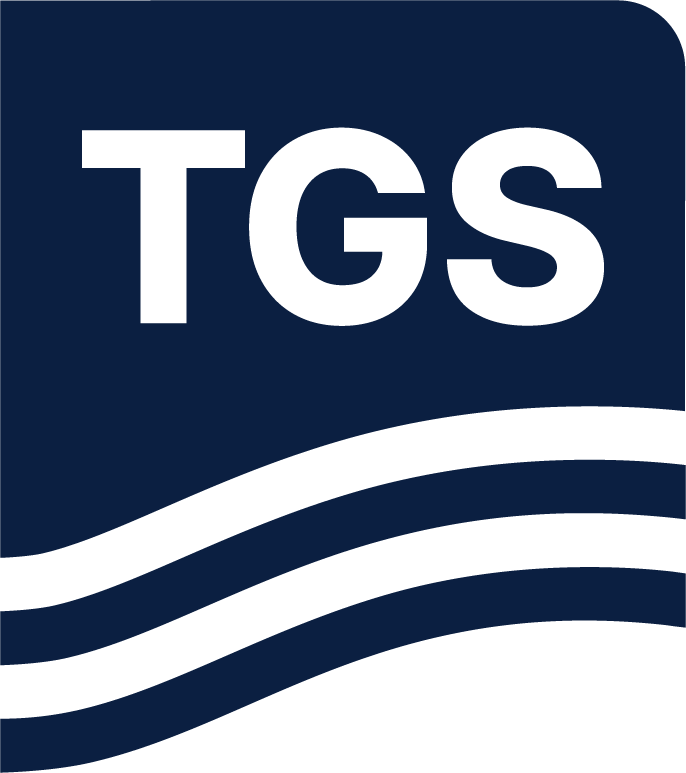First Published: GEO ExPro, September 2022
Abstract
The ION MNSH Prime 3D program Phase 1 PSDM dataset, released in Q2 2021, was the initial phase in a much larger plan to cover wide areas of acreage previously served by only 2D or minimal 3D. With acquisition completing on two further phases in Q3 2021 (Phases 2 and 3, Figure 1A), processing work is ongoing and current results show that a similar quality of data is expected, leading to more opportunities to further understand this exciting area. Partnering once more with premier acquisition providers and combining ION’s SIMOPS management and survey planning with top level processing, imaging and interpretation, ION is looking forward to providing North Sea E&P teams with another high quality product.
Newly acquired, high quality 3D date accelerates exploration insight in the Zechstein Play
The Zechstein play in the UK sector is increasingly in the industry spotlight after the 2019 Ossian-Darach well discovery and with Shell preparing to drill the Pensacola prospect later this year. The known imaging challenges in this area combined with the operational complexities of a tidally complex, shared-use environment required a range of technologies and methods to ensure the delivery of a 11,000 km², high quality seismic image within the timeframe to influence critical decisions as this play gains momentum.

Figure: Crossline view showing the Hauptdolomit platform stepping down towards the south. Beyond the platform margin, several local Hauptdolomit build-ups are present above a Carboniferous high. The Triassic downlaps onto the Plattendolomit in the north, providing a thin cover between the Chalk and the Zechstein.
The ION MNSH Prime 3D™ multi-client program of the greater Mid North Sea High is a primary acquisition campaign off the UK continental shelf that commenced in 2020 with the Phase 1 survey. Phases 2 and 3 were acquired concurrently in 2021, presenting numerous operational challenges given the proximity of the areas.
The presence of ION personnel and software onboard the two survey vessels ensured both operations were planned and managed effectively. The specialists on each vessel coordinated acquisition to ensure the seismic vessels maintained a minimum distance of 12 km between active sources to comply with Joint Nature Conservation Committee (JNCC) environmental requirements whilst also ensuring no downtime was incurred by either survey.
As these surveys were a continuation of the program started in 2020, lessons learnt from Phase 1 were carried forward to the 2021 acquisition with the two principal strategies implemented infield: tidal racetrack and tidal matching multi-swath matching.
The multi-swath technique seeks to reduce the elective infill by subdividing each swath and matching lines with similar feather direction and magnitude. As monthly feather amplitude changes, acquisition moves between sub-swaths to achieve an optimal feather match. This aims to reduce elective infill and replaces this with ‘progressive’ infill at sub-swath boundaries which are fewer in number and straighter to steer.
Read the full article here.

